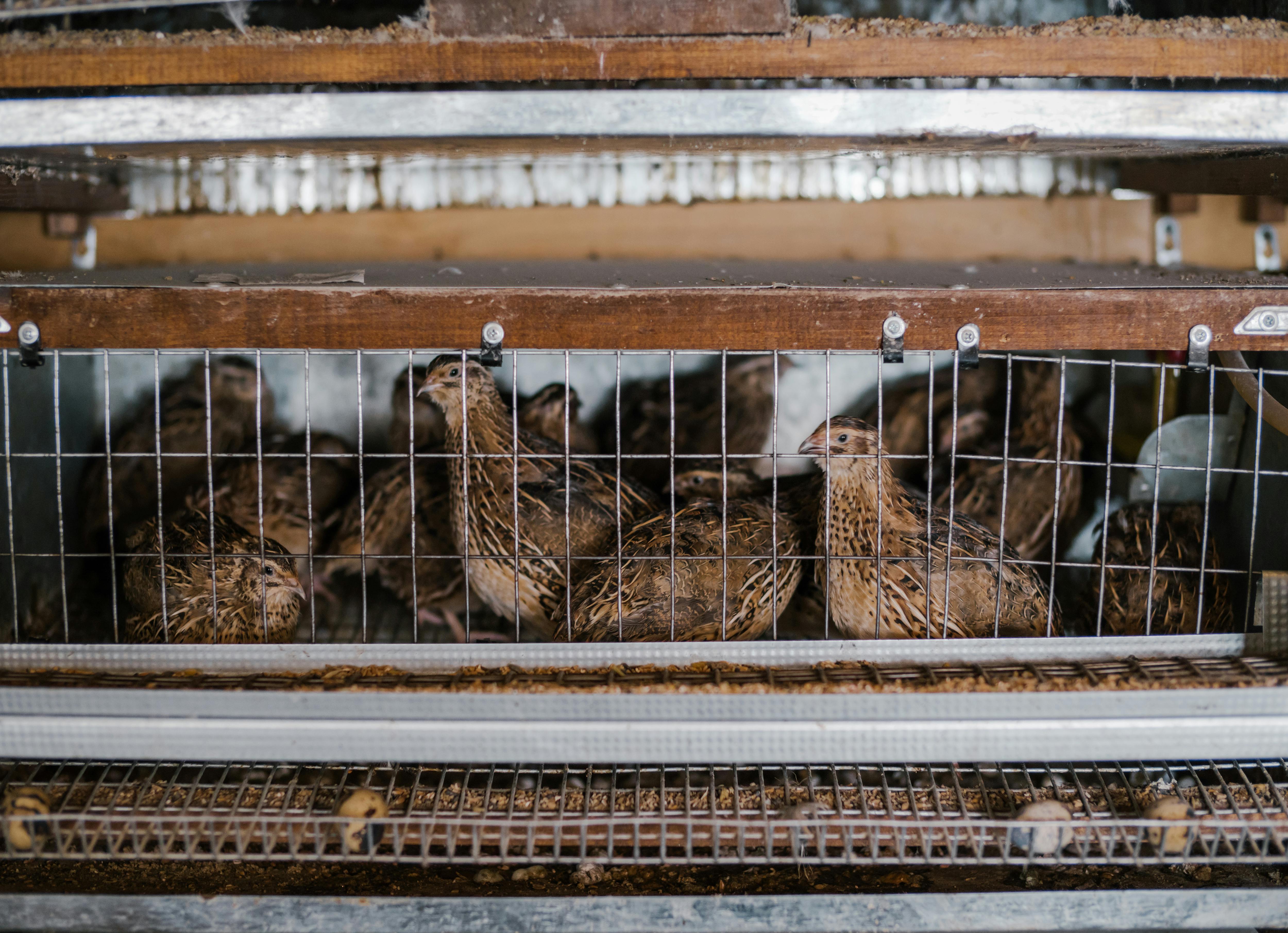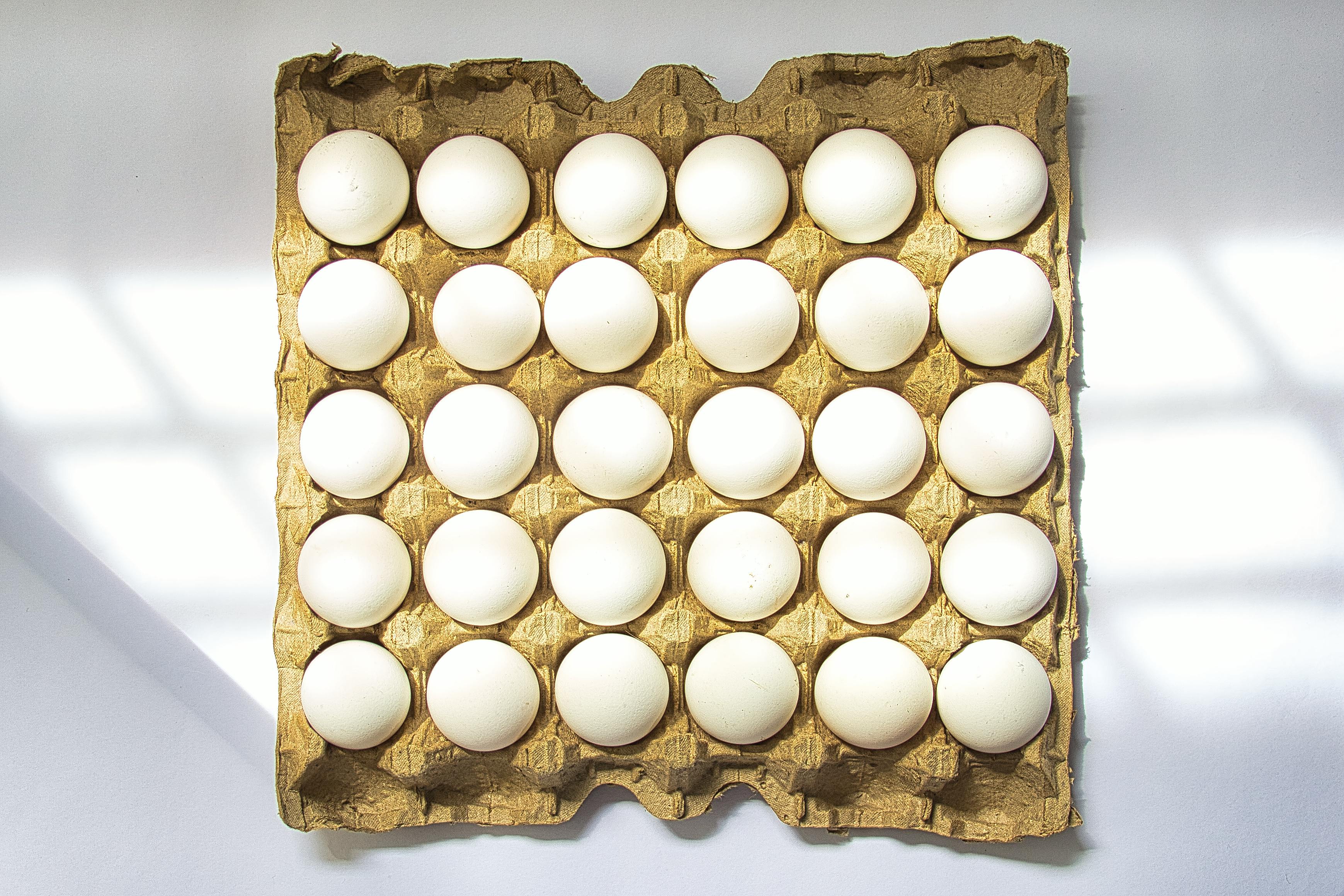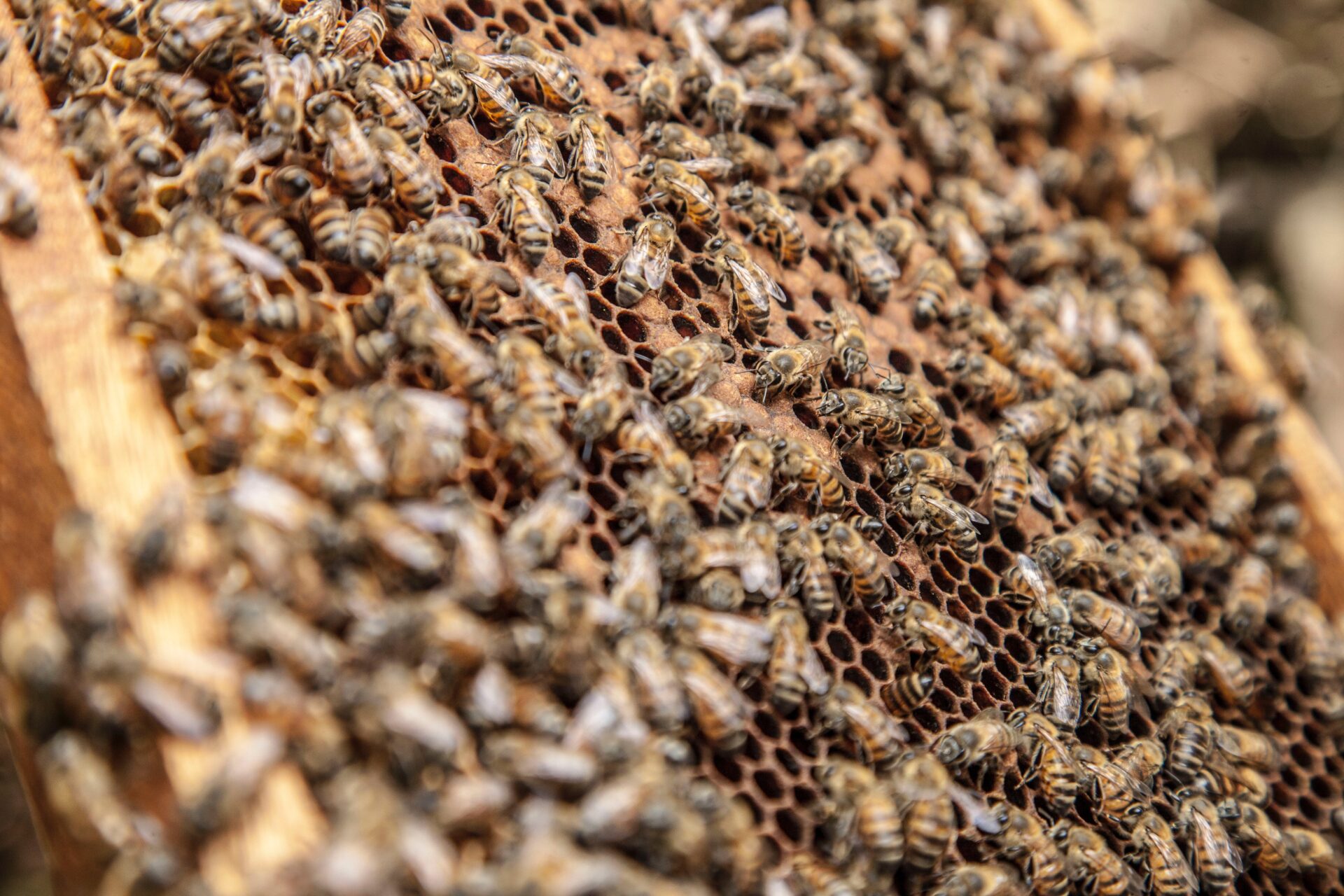Ball pythons are one of the most popular pet snakes due to their docile nature and small size. They are also known for being relatively easy to breed in captivity. But how many eggs do ball pythons lay? This article will provide an overview of the egg-laying process in ball pythons, as well as an answer to the question of how many eggs they typically lay.Ball pythons typically lay clutches of 4-7 eggs.
Environmental Factors
Environmental factors are one of the most important determinants for egg laying in ball pythons. Temperature is a key factor that must be carefully monitored to ensure successful egg laying. The optimal temperature range for egg-laying is 28–30°C (82–86°F). Incorrect temperatures can cause the snake to refuse to lay eggs or cause them to be infertile. Additionally, humidity levels must also be carefully monitored, as too low humidity can cause dehydration in the female snake, causing her to reject eggs. Humidity levels should remain between 50-60% while the female is gravid and during the egg-laying process.
Light Cycle
The light cycle also plays an important role in the egg-laying process for ball pythons. A suitable light cycle will ensure that the female is in peak condition to lay her eggs. This means that there should be a 12-hour period of darkness and a 12-hour period of light each day. During this time, it’s important that there are no bright lights or loud noises as this can cause disruption and stress on the female snake.
Nutrition
Nutrition is also an important factor in determining egg laying in ball pythons. A proper diet that includes a variety of proteins, vitamins, and minerals will ensure that the female has enough energy and nutrients to prepare for and successfully lay her eggs. It’s also essential that she has access to clean water at all times so she can stay hydrated during this time.
Age
Finally, age plays a role in determining when a ball python will lay her eggs. Typically, females don’t reach sexual maturity until they are at least two years old, which means they won’t start laying eggs until then. In some cases, it may take up to four years before they start laying eggs regularly.
The Average Number of Eggs Laid By a Ball Python
Ball pythons are one of the most popular pet snakes, and they are renowned for their docile nature. As such, many people are interested in breeding ball pythons. One important factor in determining the success of a ball python breeding program is the number of eggs that a female ball python lays. On average, a female ball python will lay between 8 and 12 eggs per clutch. This number can vary significantly based on the age and health of the snake, as well as environmental factors such as temperature and humidity.
When preparing to breed ball pythons, it is important to ensure that the female has been provided with optimal conditions for egg production. This includes providing her with high quality food and an appropriate environment in which to lay her eggs. It is also important to make sure that she is healthy and free from any infections or diseases that might affect her fertility or egg production. Additionally, it is important to ensure that she has been given enough time to rest between clutches as this can help increase the number of eggs laid per clutch.
Once the female has laid her eggs, it is important to take good care of them until they hatch. This includes ensuring that they are kept at the correct temperature and humidity levels, as well as monitoring them regularly for signs of disease or poor development. Once hatched, baby ball pythons should be given adequate food and space in order to thrive. With proper care and attention, baby ball pythons can grow into healthy adult snakes who may one day lay their own eggs!
In summary, female ball pythons usually lay between 8-12 eggs per clutch on average. However, this number may vary depending on several factors including age, health status, environmental conditions such as temperature and humidity levels as well as timing between clutches. In order for successful breeding outcomes, these environmental factors must be closely monitored in order to provide optimal conditions for egg production and hatching success.
Why Do Ball Pythons Lay Fewer Eggs Than Other Snakes?
Ball pythons are one of the most popular pet snakes in the world, but they have one major difference from other snakes: they lay fewer eggs than other species. This is because ball pythons are oviparous (meaning they lay eggs), but they lay fewer eggs than other species that are ovoviviparous (meaning they produce live young).
The number of eggs a ball python lays is generally between 4 and 8, while other species can lay up to 30 or more. This difference is due to the way ball pythons reproduce. Ball pythons will mate during the rainy season, usually in the spring or early summer, and will lay their eggs soon after. Once laid, these eggs need to incubate for around 60 days before hatching.
The reason why ball pythons lay fewer eggs than other species is likely due to their natural environment. In the wild, there are many factors that could reduce the number of viable eggs a female snake produces. These include changes in temperature or humidity, food availability, and predation pressure from other animals like birds or mammals. With fewer eggs being laid by each female snake, there’s a higher chance of those eggs surviving and hatching into healthy babies.
Ball pythons may not lay as many eggs as some other species, but this isn’t necessarily a bad thing! The lower number of eggs per clutch ensures that more babies will survive and be healthy when they hatch. It also means that breeders don’t need to worry about having too many baby snakes on their hands! All in all, it’s a win-win situation for everyone involved!
Signs That a Ball Python Is About to Lay Eggs
When it comes to ball pythons, one of the most important signs that they are about to lay eggs is a dramatic decrease in appetite. Female ball pythons will often stop eating for several weeks leading up to the laying of eggs. It is important to note that this decrease in appetite should not be mistaken as a sign of illness, as it is perfectly normal for female ball pythons to stop eating before they lay eggs.
Another sign that a ball python is about to lay eggs is an increase in the frequency of shedding. Female ball pythons often shed more frequently when they are preparing to lay eggs, as this helps them prepare their bodies for the process of egg-laying.
Female ball pythons will also display nesting behavior in the weeks leading up to egg-laying. This behavior includes digging and coiling around a chosen spot, usually in the corner of their enclosure. It is important that these nesting spots are kept clean and free from debris so that the female can properly prepare her nest for her eggs.
Finally, female ball pythons may become more aggressive during this period, especially when they feel threatened or disturbed. This increased aggression is often caused by stress and should be taken seriously as it may lead to defensive bites or other injurious behaviors if not handled properly.
In conclusion, it is important for owners of female ball pythons to be aware of these signs that indicate she may be about to lay eggs, so they can provide her with the necessary care and environment she needs during this time.

Preparing for Egg Laying in Ball Pythons
Egg laying in ball pythons is an important process to ensure the health and well being of the snake. It is important to provide the proper environment and nutrition to ensure successful egg laying. In order to prepare for egg laying, it is important to understand some key elements that are necessary for a successful breeding season.
The first step in preparing for egg laying is to make sure the enclosure is suitable for breeding. The enclosure should be large enough to accommodate two adult ball pythons and should have adequate ventilation. It is also important to make sure that the temperature of the enclosure is suitable for breeding, as this will help ensure successful egg laying.
The next step in preparing for egg laying is making sure that the snake has adequate nutrition. It is important to provide a balanced diet that includes proteins, fats, and carbohydrates. Additionally, it is beneficial to provide vitamin and mineral supplements as well as calcium supplements to ensure healthy egg production.
It is also important to make sure that there are no potential predators or other dangers in the vicinity of the enclosure when preparing for egg laying season. This will help ensure that the eggs will remain safe until they hatch safely. Additionally, it is beneficial to keep an eye on the temperature of the enclosure during this time as well, as this can affect how successful the egg-laying process will be.
Finally, it is important to monitor the health of your ball python during this time as well. Regular checkups with a veterinarian or herpetologist can help detect any potential health issues before they become serious problems. Additionally, offering regular baths will help clean off any dirt or debris from your snake’s scales which can have a negative effect on their health if left unchecked.
By following these steps when preparing for egg-laying season with your ball python, you can help ensure their health and increase their chances of having a successful breeding season. With proper preparation and care, you can rest assured that your pet will have a healthy and safe breeding experience!
Gather the Eggs
Once your ball python has laid her eggs, the first thing you should do is gather them carefully and place them in an incubator. Be sure to handle the eggs gently and never shake or twist them. Depending on the size of your ball python’s clutch, you may want to use two or more incubators in order to evenly distribute the eggs throughout the incubators.
Mark the Eggs
It is important to mark each egg with a non-toxic marker so that you can easily identify them later. Make sure that each egg is marked with a unique identifier such as a number or letter so that you can tell which egg belongs to which mother. This will also help you track any eggs that have not hatched or are not viable.
Store the Eggs in an Incubator
Once all of your ball python’s eggs have been gathered and marked, they should be placed in an appropriate incubator. It is important to make sure that the temperature and humidity levels are correct for incubating ball python eggs. Once all of the eggs have been placed in the incubator, they should be monitored closely and checked frequently for signs of development such as cracks or discoloration.
Monitor the Eggs
Monitoring your ball python’s eggs is essential for ensuring their successful hatching. You will need to check on them regularly to make sure that they are developing correctly and that there are no signs of infection or damage. You should also check for signs of mold or fungus growth, as this can be a sign that something is wrong with your ball python’s clutch.
Hatchling Care
When your ball python’s eggs hatch, it is important to provide adequate care for their hatchlings. This includes providing fresh water and food, as well as monitoring their health and growth. It is also important to provide adequate space for your hatchlings to explore and develop properly. With proper care, you can ensure that your hatchlings will grow into healthy adults!
How To Care for the Eggs of a Ball Python
Caring for the eggs of a ball python is an important part of owning this type of snake. It is important to provide the right environment and conditions for your ball python eggs to ensure they hatch successfully. The following steps outline how to properly care for ball python eggs.
First, it is important to ensure that your ball python eggs are kept in a warm and humid environment. This will help the eggs stay warm, moist, and protected from any potential dangers. Place the eggs in a container that has been lined with damp sphagnum moss or vermiculite, which will help keep them at the right temperature and humidity levels. Make sure to check the humidity levels regularly and adjust as needed so that the eggs remain at optimal levels.
Second, it is important to monitor the temperature closely while caring for your ball python eggs. The ideal temperature range for incubating ball python eggs is between 81-86°F (27-30°C). Use a thermometer placed inside the container with the eggs to ensure that these temperatures are being maintained.
Third, provide adequate ventilation for your ball python eggs. To do this, you can create holes in the container or use a perforated lid to allow air circulation around the container without allowing direct contact with air outside of it. This will help keep temperatures and humidity levels stable within the container.
Finally, once your ball python eggs have been incubated for about 2 months, they should be ready to hatch! When they start hatching, use tweezers or gloves to carefully remove each egg from its enclosure and transfer them into another container filled with damp paper towels or vermiculite until all of them have hatched. Once all are hatched, you can move them into their permanent enclosure where they can begin their lives as captive-bred snakes!

Conclusion
In conclusion, female ball pythons typically lay between three and eleven eggs in one clutch. After laying her eggs, the female will coil around them and remain in this position for the entire incubation period. It takes between 45 and 55 days for the eggs to hatch, after which time they become independent of their mother. When it comes to egg care, it is important to keep the eggs at a stable temperature and humidity level until they hatch.
Finally, it is important to understand that ball pythons need proper care and nutrition in order to successfully reproduce. This includes providing them with a clean home, ample space, proper lighting and heating, a healthy diet, and regular veterinary checkups. With the right environment and care, ball pythons can be a rewarding pet for many years to come.




